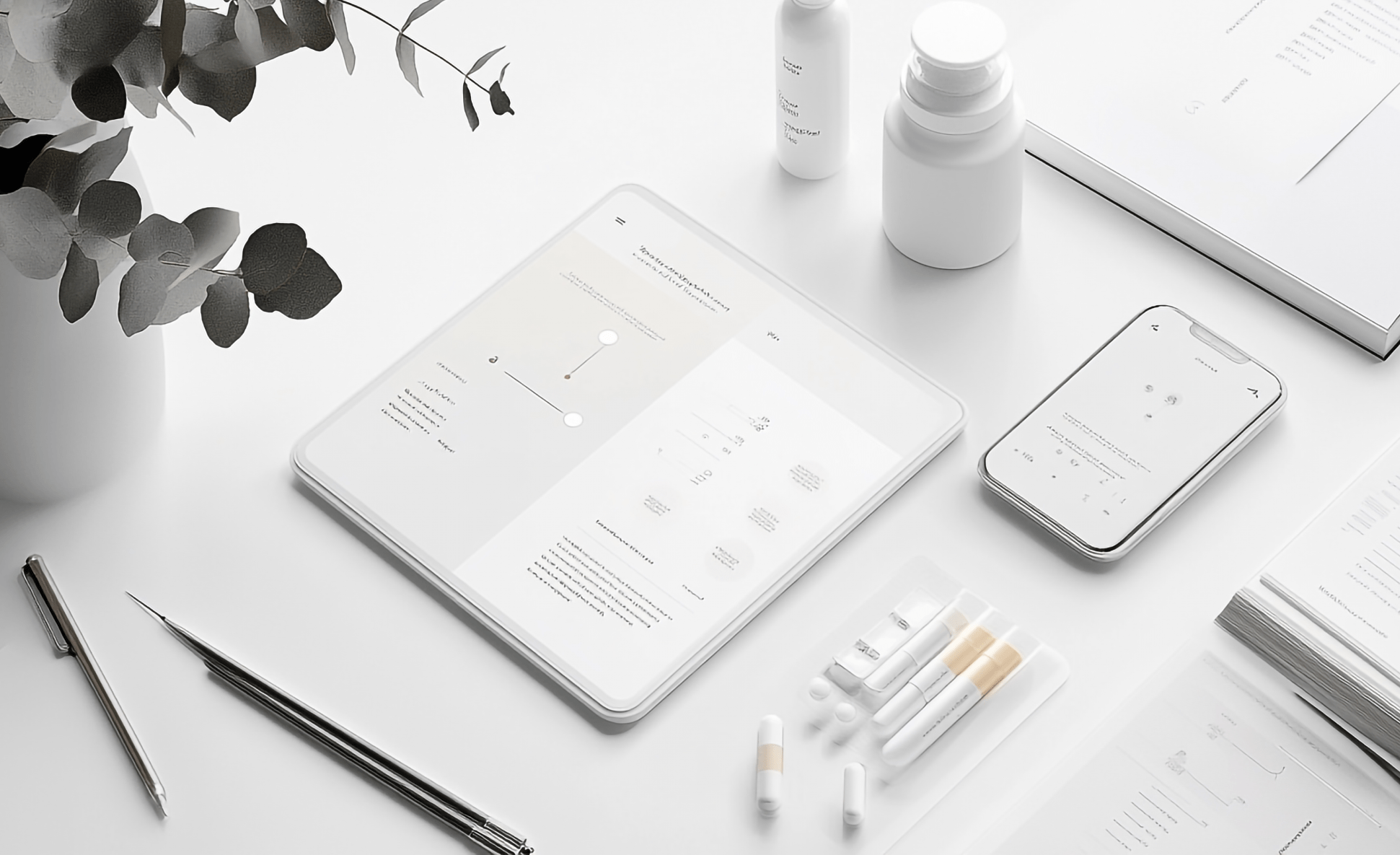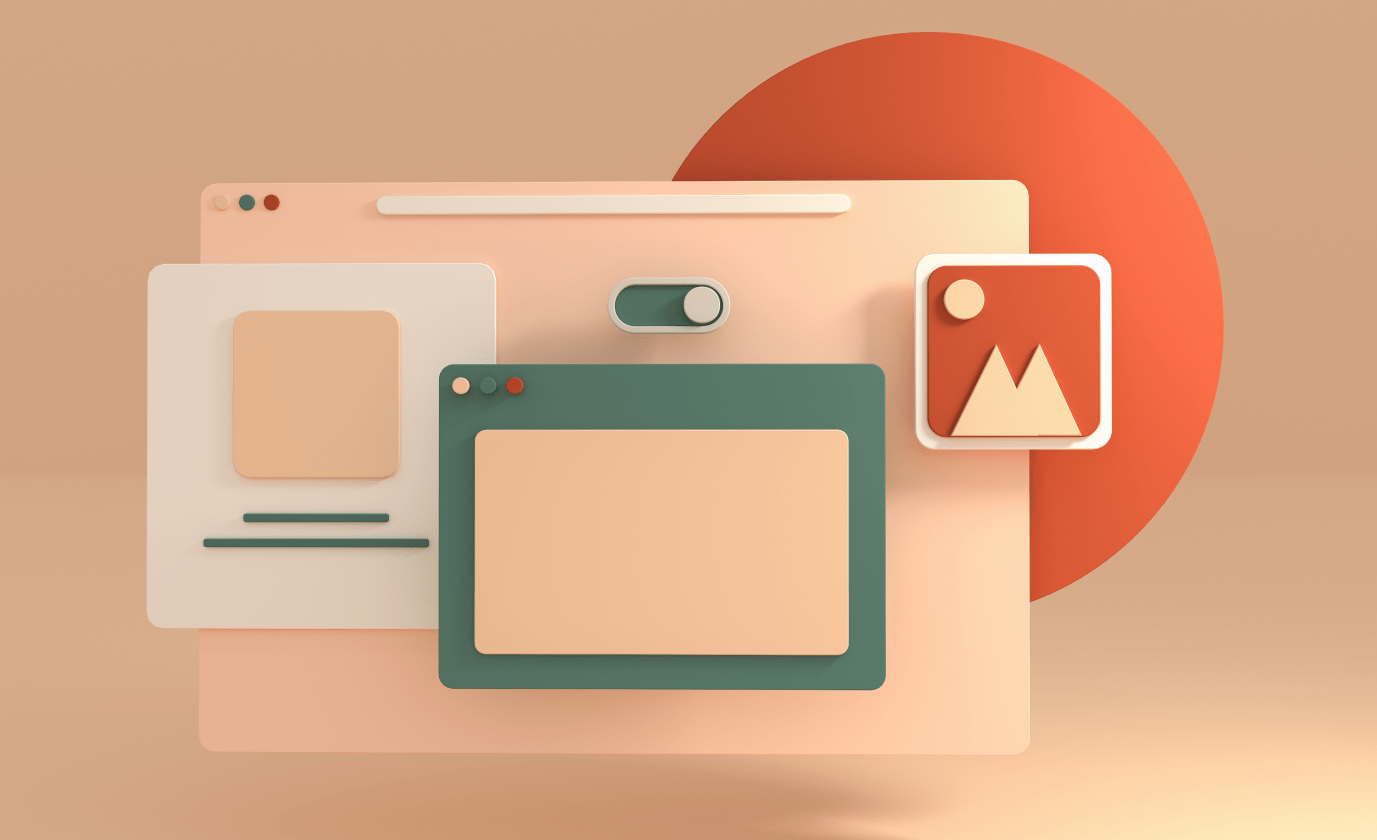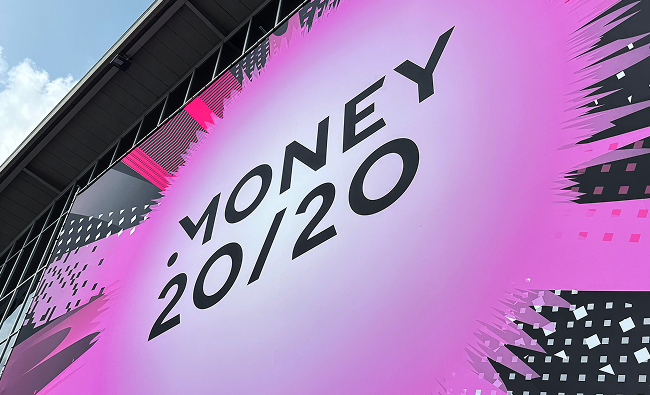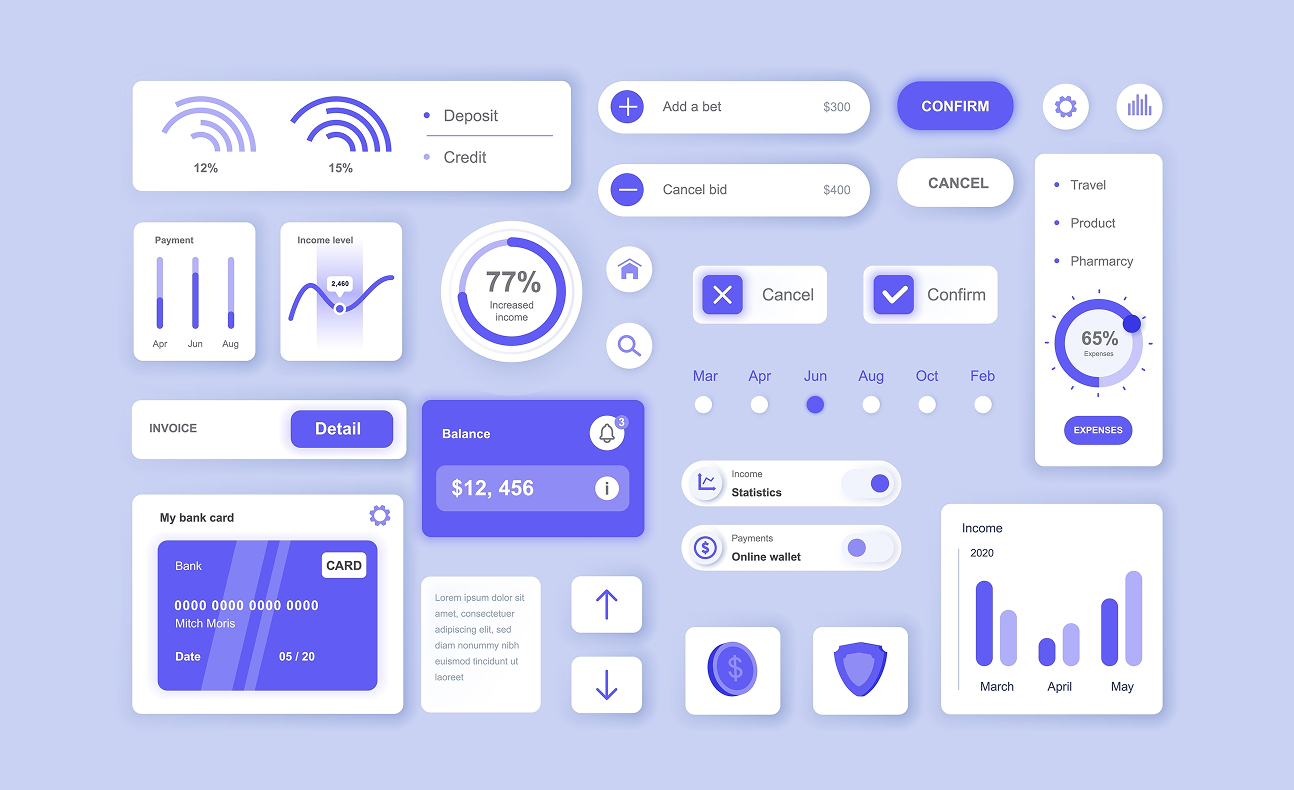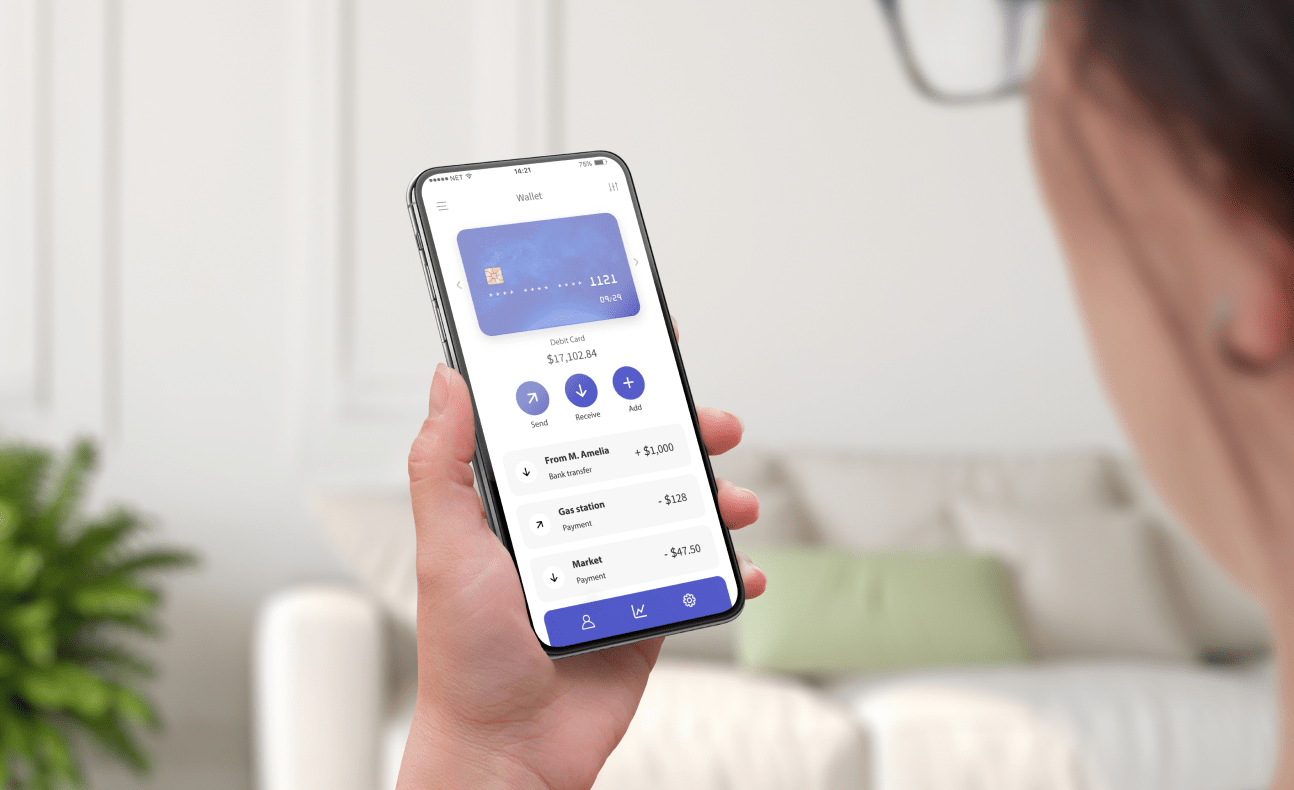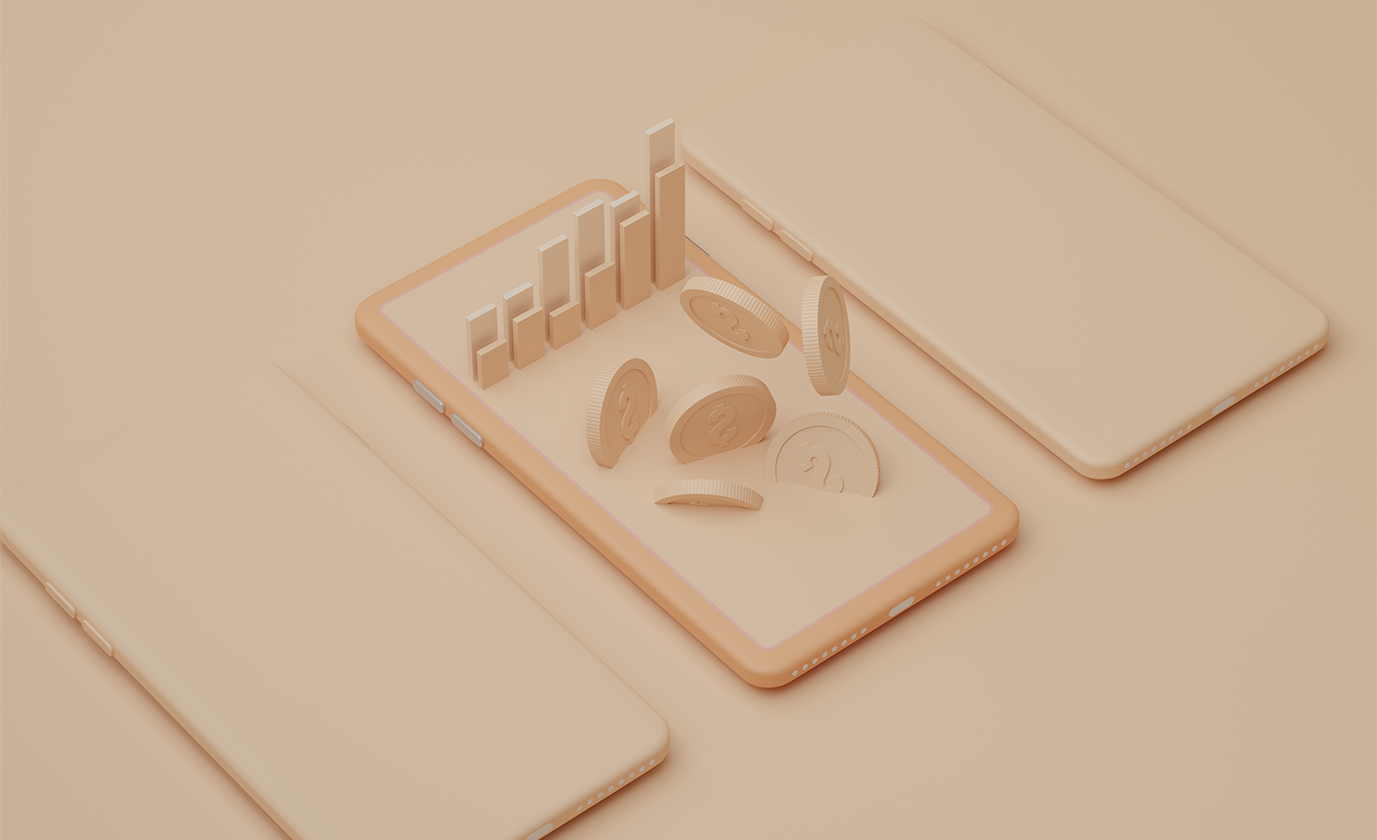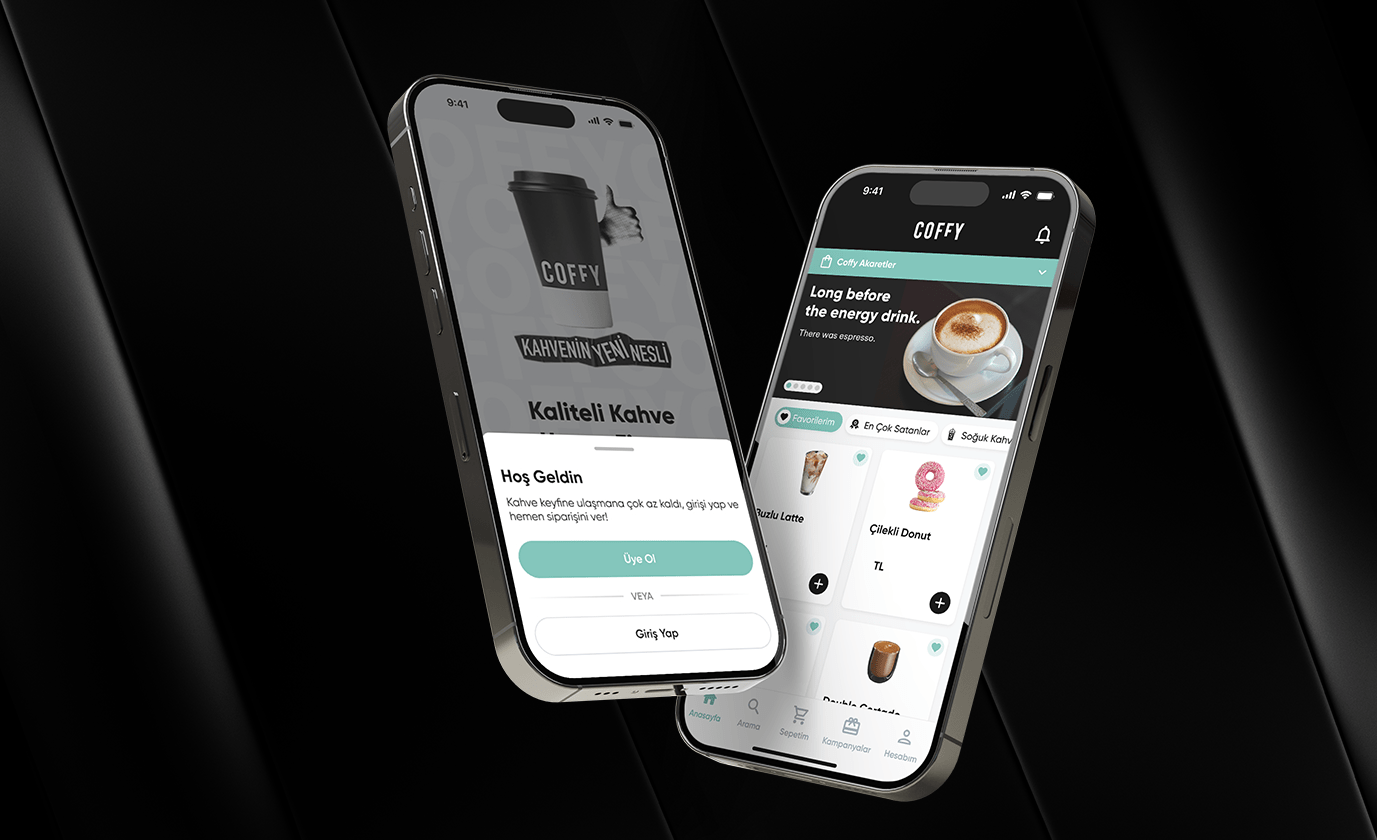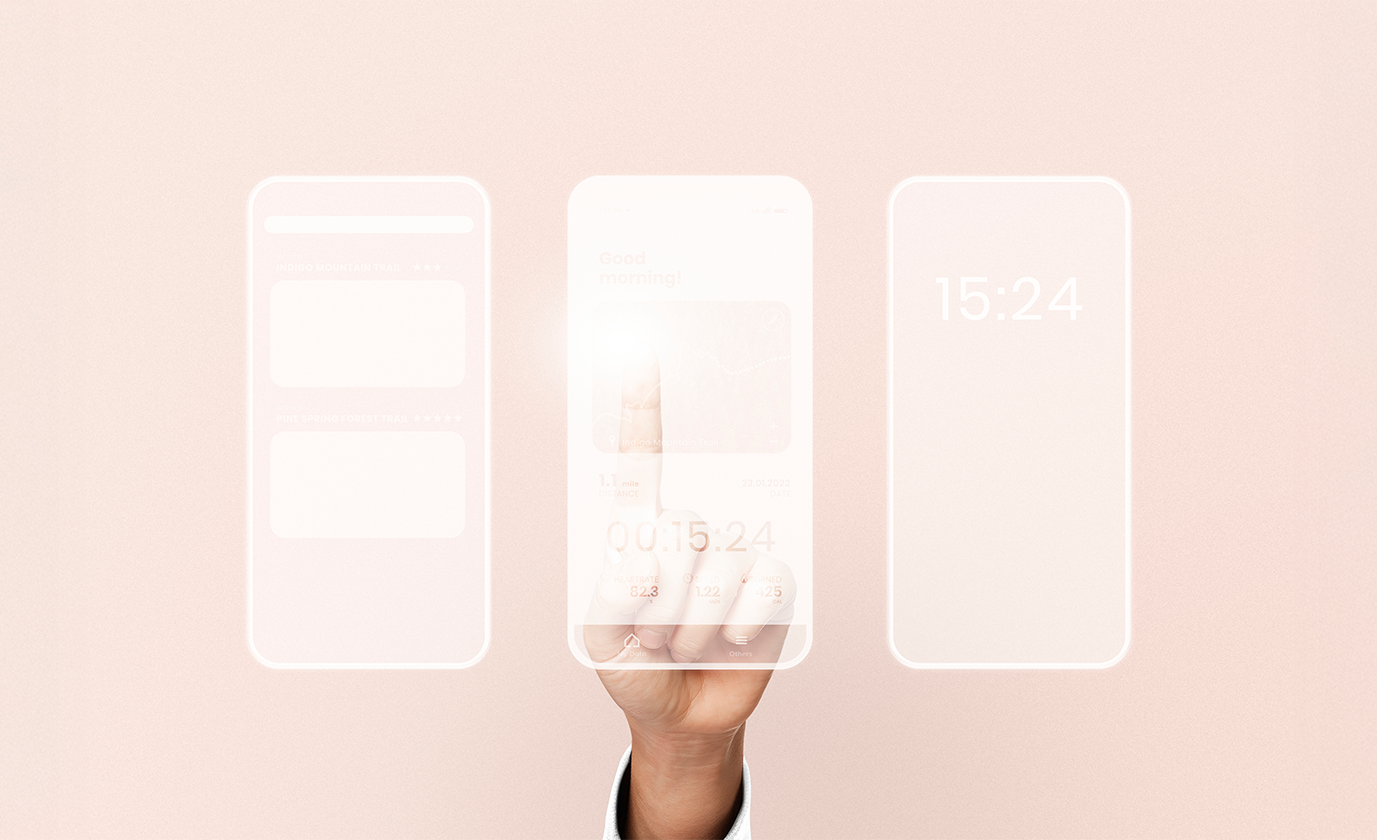The Hidden Cost of Bad Design: How UX Design Can Ease the Burden on Support Teams

- The Hidden Cost of Support Requests
- Forced Features, Complex Flows, and Lost Users
- User Experience Improvements: A Support Team’s Best Ally
- Real-Life Cases: How UX Reduces Support Load
- Building a Bridge Between UX Design and Support Teams
- What Happens When Support Volume Drops?
- Conclusion: Partnering with a UX Studio Silences the Support Line
The more forced features a digital product contains, the more inevitable it becomes that users will frequently reach out for support. At the heart of this issue lies complexity—products that are hard to understand or use lead to confusion, frustration, and eventually, a flood of support tickets. Poor decisions made during the UX design process often cause users to abandon the product altogether while overwhelming support teams with avoidable requests. A well-thought-out user experience, however, can significantly reduce this load. Why? Because solid UX design simplifies the communication between the product and the human, guiding the user with clarity and intuition.
Many companies attempt to solve the problem by increasing the size of their support teams. However, when you dig deeper, you’ll find that most of these issues aren’t caused by technical failures—they’re rooted in UX shortcomings. This is where a professional UX agency or design studio becomes invaluable. No matter how functional your product is, if users cannot understand or navigate it independently, you’ve got a serious problem.
The Hidden Cost of Support Requests
Each support ticket shouldn’t be viewed as just another call or message. In reality, every request exposes a UX gap. When users ask, “How do I use this?”, “Where is that page?”, or “Why didn’t my action work?” It’s a red flag indicating a user experience flaw. Improving user experience is not merely about aesthetics—it’s a strategic move that enhances operational efficiency.
Whenever users feel stuck inside the product, their confidence drops, and the burden on your support team rises. Over time, this operational pressure can drain company resources. This is especially true for scalable SaaS platforms and fintech applications, where support-related costs can become overwhelming. Fortunately, a robust UX design process can help prevent such scenarios.
Forced Features, Complex Flows, and Lost Users
Product teams often rush to add features to meet user demands. However, if these additions aren’t made within a strategic UX framework, the result is often a convoluted, overwhelming interface. Such forced features drive users toward the support line, even for the most basic tasks.
A well-structured design studio always follows the “less but better” principle. Every feature must serve a clear purpose and be easy to understand. Features added purely based on internal assumptions or stakeholder pressure tend to disrupt the overall user experience. Listening to users, analyzing data, and testing flows are essential parts of a sustainable UX strategy.
User Experience Improvements: A Support Team’s Best Ally
Working with a UX agency or an experienced design studio helps build systems that reduce reliance on support. From intuitive navigation and contextual feedback to helpful error messages and informative empty states, UX design directly influences how much support your product will require.
Instead of displaying a generic error like “An error occurred,” it’s much more effective to tell users what went wrong and how to fix it. Similarly, if the system takes time to process a task, failing to provide any visual feedback leaves the user wondering if the product is broken. Good micro-interactions eliminate this ambiguity and restore trust.
Real-Life Cases: How UX Reduces Support Load
At VOYA Digital, we’ve worked with many companies across different sectors and witnessed firsthand how UX improvements directly impact support volume. In one B2B SaaS product, users frequently asked why their reports weren’t generating. Technically, everything was functioning—but since the system didn’t display a loading state or any confirmation, users assumed it was broken. A simple progress animation and status message solved the issue, reducing related support requests by over 60%.
A similar scenario occurred with a UK-based fintech company we collaborated with. Users often contacted support to ask, “Why can’t I see my card?” Upon investigation, we found that while the card creation process was happening in the background, users weren’t informed that it was still being processed. This led them to believe the system had failed.
To fix this, we introduced a few key UX improvements during the onboarding flow: a visible progress bar, a “Your card is being processed” message, and a short explanation stating that the card would appear within a few minutes. These changes alone reduced card-related support inquiries by 70% in just three days.
These cases highlight how user experience improvements are not just cosmetic—they build user confidence and deliver measurable operational gains.
Building a Bridge Between UX Design and Support Teams
User experience improvement shouldn’t be confined to the design team alone. Support teams hold the richest, most direct feedback from users. As a UX agency, we always involve support teams in our projects. We categorize their insights, identify recurring issues through data, and test possible solutions in real-world scenarios.
This collaborative approach transforms support tickets from reactive tasks into proactive product improvement tools. Each user complaint becomes a chance to uncover and fix a broader UX flaw.
What Happens When Support Volume Drops?
UX design impacts more than just usability—it directly affects your company’s financial sustainability. As support demand decreases, you either need fewer agents or can redeploy them to more strategic roles. Customer satisfaction increases, churn rates decline, and users spend more time with the product, resulting in higher revenue.
Furthermore, fewer support tickets contribute to a stronger brand perception. When users can solve problems on their own, they view your product as intelligent and trustworthy. That trust translates into customer loyalty and higher referral rates.
Conclusion: Partnering with a UX Studio Silences the Support Line
No matter how powerful your product is, if users can’t use it independently, it’s not truly well-designed. Forced features, non-intuitive flows, and lack of feedback all result in increased support tickets. But a UX design process led by a professional design studio does more than beautify screens it empowers users and unburdens your support team.
Remember, great user experience isn’t a luxury—it’s a strategic investment. Choosing the right UX agency is critical. If you want to quiet your support lines, boost customer satisfaction, and build a resilient product, it’s time to take user experience improvement seriously and partner with a dedicated design studio.
Explore All Blogs
Ready to discuss your project details?
Do you have a clear vision regarding the ideas, goals, requirements, and desired outcomes for your project? Let's take the first step together by setting up a meeting to bring all of these to life.
Product
Design Studio
Plaza B Blok No: 4 D: 573 Sarıyer,
34485, İstanbul / Türkiye
Entertech Teknokent Avcılar,
34320, İstanbul / Türkiye





